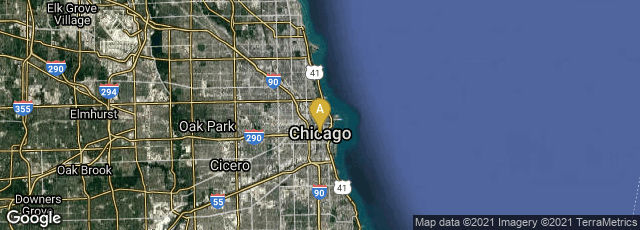In 1958
Kaiser Aluminum , then based in Chicago, published a book on the production of aluminum foil bound in one continuous sheet of 0.00035 inch bright aluminum foil laminated to 140-pound Texoprint, a latex-impregnated paper. The adhesive used in the lamination was casein-latex. The foil side of the lamination was coated with nitrocellulose lacquer to insure satisfactory adhestion of the inks, which were lithographed on the coated foil in five colors. The printed foil was then laminated with mylar film before it was applied as a book binding material. Kaiser Aluminum explained the steps involved in the production of the binding material in a note facing the title page, and indicated that they believed that this was the first book bound in one continuous sheet of laminated aluminum foil.
From the standpoint of printing history the most significant chapter in the book is Chapter VIII, "Printing Aluminum Foil." Printed and embossed aluminum foil is primarily used in product packaging rather than bookbinding, and the primary purpose of the volume, which Kaiser Aluminum undoubtedly presented to their clients, was to promote the use of aluminum foil, by demonstrating how it could be applied.
The cover design resembles computer graphics. Assuming that the design was created that way, this may have been the first or one of the first applications of computer graphics in a book binding design.
